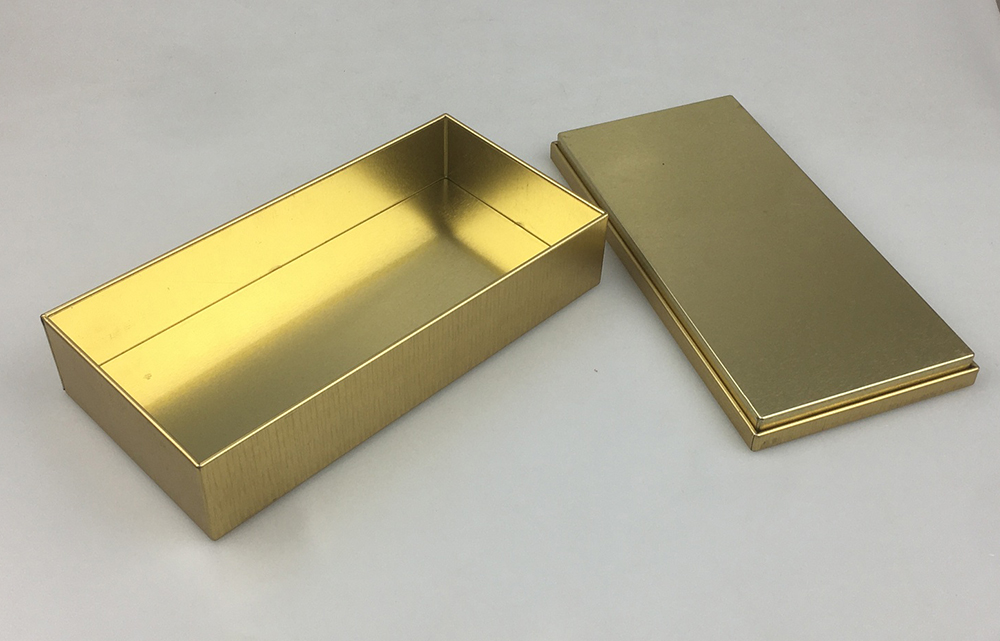Tinplate

What is tinplate?
Tinplate is commonly known as electroplated tin plate, SPTE for English abbreviation, which refers to the cold rolled low carbon sheet steel or steel strip coated with pure tin on both sides, also known as tin iron. Tin mainly plays the role of corrosion prevention and rust prevention, it combines the strength and formability of steel with the corrosion resistance, solder and beautiful appearance of tin in a kind of material, with corrosion resistance, non-toxic, high strength and good ductility characteristics.
Tinplate and its native Bohemia
Bohemia (now part of the Czech Republic and Slovakia) may be unfamiliar, but its history and culture will not be forgotten. In the 5th century, Slavs from the east established the kingdom of Bohemia and developed a splendid culture. The prosperity of Prague is an outstanding representative of this period. This makes Bohemia not only a symbol of fringe, pleats, skirts popular clothing, but also becomes a synonym for freedom, free and unrestrained enthusiasm.
Bohemia is also the origin of tinplate. Since ancient times, the region has been rich in metal and advanced technology, and they know how to use water to engage in machine manufacturing, which makes them to produce tinplate since the 14th century. For a long time, it was the world’s leading producer of tinplate. At that time, tinplate was mainly used to make tableware and drinking utensils.
The characteristics of tinplate
Tinplate is widely used in packaging with the following advantages:
(1) It is light opaque. Light will not only cause poor reaction of food, but also cause changes of protein and amino acid. The light opaque tinplate can better keep vitamin C in the food.
(2) Good sealing.
(3) Tin reduction can reduce the chance of food oxidation
(4) To provide a source of effective iron. Due to the electrochemical action of metal, a small amount of iron will dissolve out of canned food in storage and exist in the sealed canned food in the form of iron bivalent, which is easy to be absorbed by the human body.
Because of these properties, the tin can provides a closed system completely isolated from the environment except for heat. It can be used to contain food and beverage, which can avoid food fission due to light, oxygen and moisture, and avoid food dilution due to aroma through or environmental odor through pollution. Its food storage stability is better than other packaging material, and vitamin C has the highest preservation rate, nutrient retention is also the best.

 Facebook
Facebook Twitter
Twitter Linkedin
Linkedin